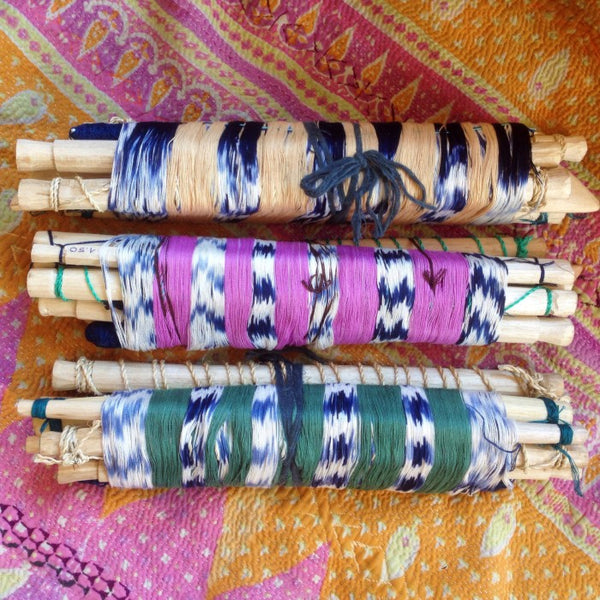


This particular style of loom is found mostly in South and Central America, particularly Guatemala and Peru.

After a stint of popularity in Ancient Greece, it’s use spread through Europe, particularly Scandanavia, before falling out of favor.Īnother early version of the weaving loom is one that is still widely used in various cultures around the world even today: the backstrap loom. Evidence of early versions of this loom were found in Serbia as well as Switzerland. The fabric is woven from top to bottom, beating the weft threads upwards. As the name suggests, the threads are pulled taught and kept under tension by weights that have been fastened to the end of the warp. The warp-weighted loom is a simplistic weaving tool in which the warp threads are positioned vertically. This way of cloth-making began some time before 5000 BC, with finger weaving, tying and twisting debuting as some of the first textile techniques.ĭuring the Neolithic period, weaving began to develop into the process it resembles today with one of the first iterations of the loom. Fortunately, this complex process is made far easier by the weaving loom and the advancements made with this important tool over the course of fashion’s history.Īs civilization began to move away from the use of animal hides as their primary material for garments, it was discovered that lacing or knotting lengths of fiber together could create fabric. As you might imagine, this can be difficult and time-consuming. Weaving is a precise craft, involving each individual thread being aligned into perfect placement. Have you ever seen a piece of fabric being woven? Or perhaps you’ve done some weaving yourself? Either way, if you have, you’ve also seen a weaving loom- the tool that transforms yarn into cloth.


 0 kommentar(er)
0 kommentar(er)
